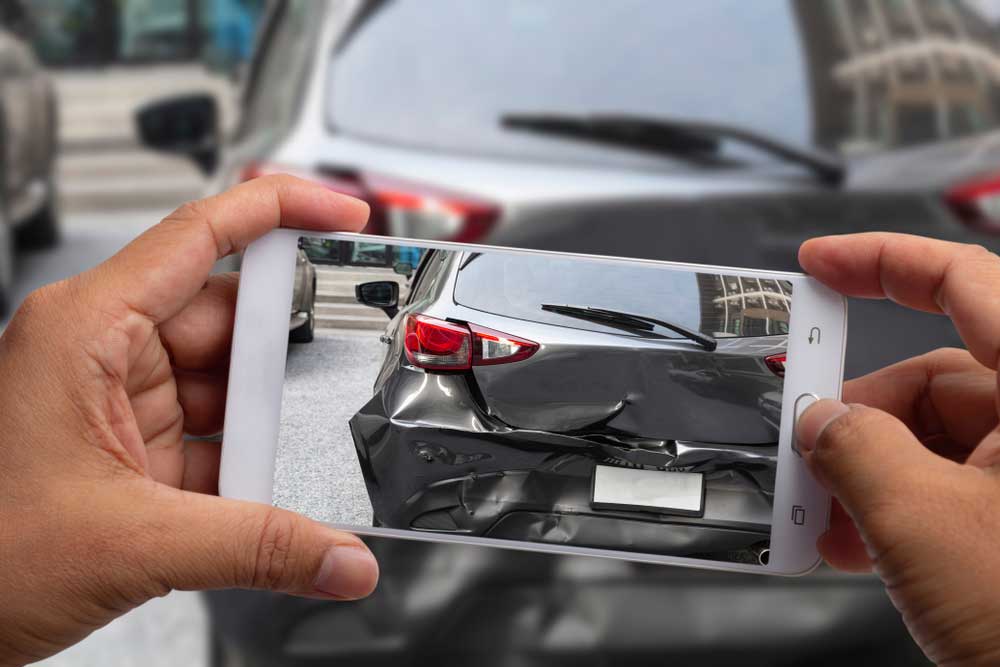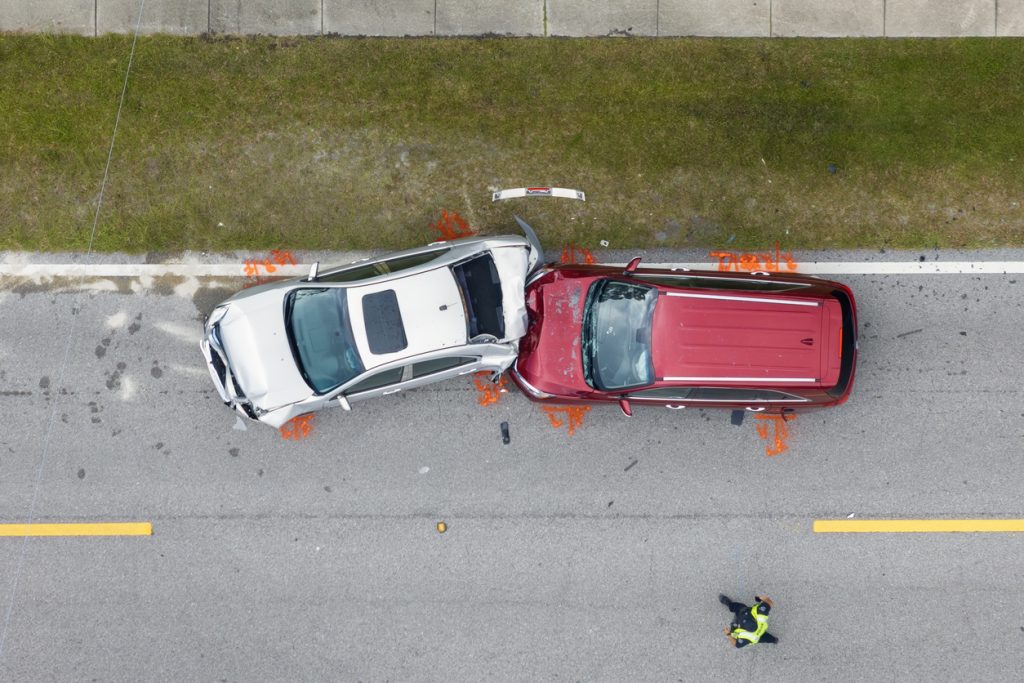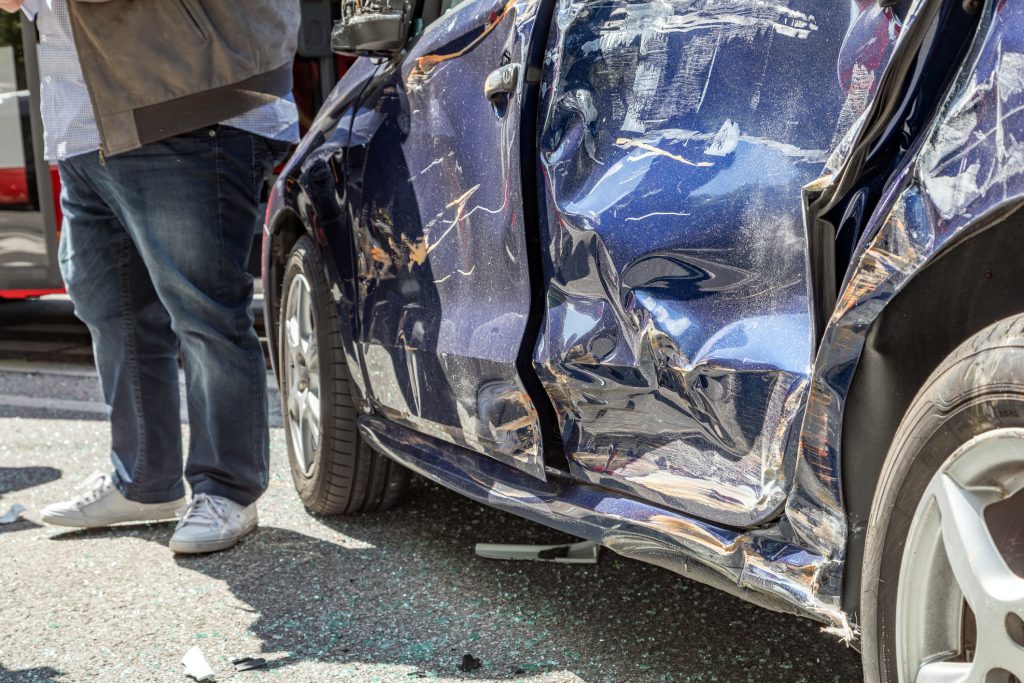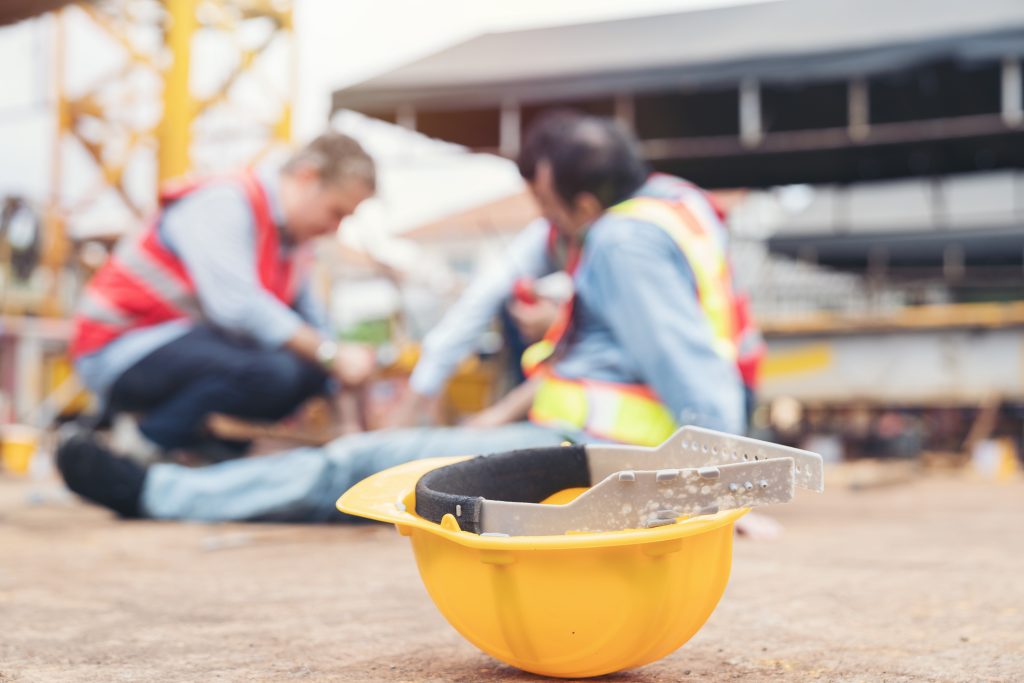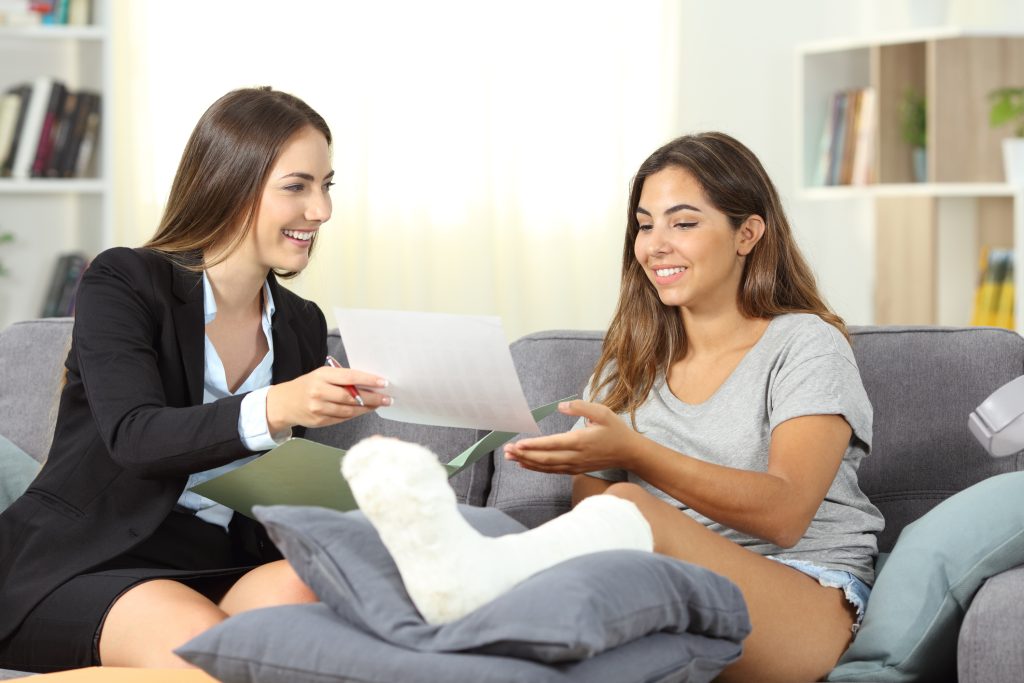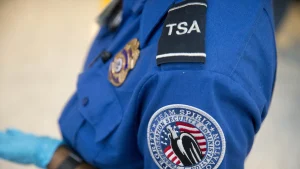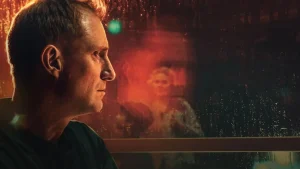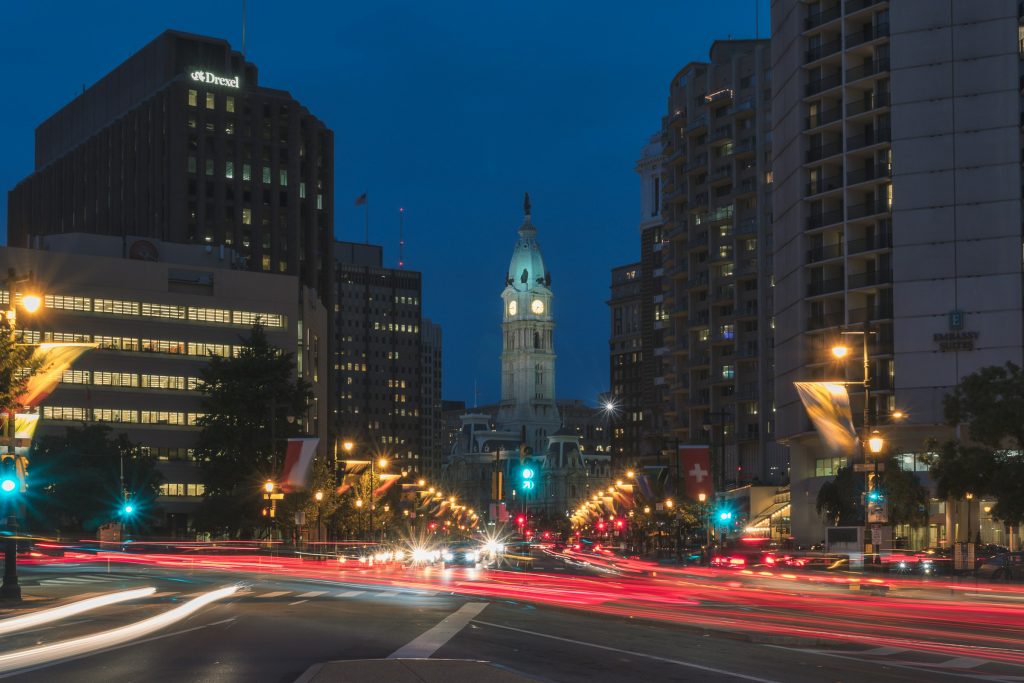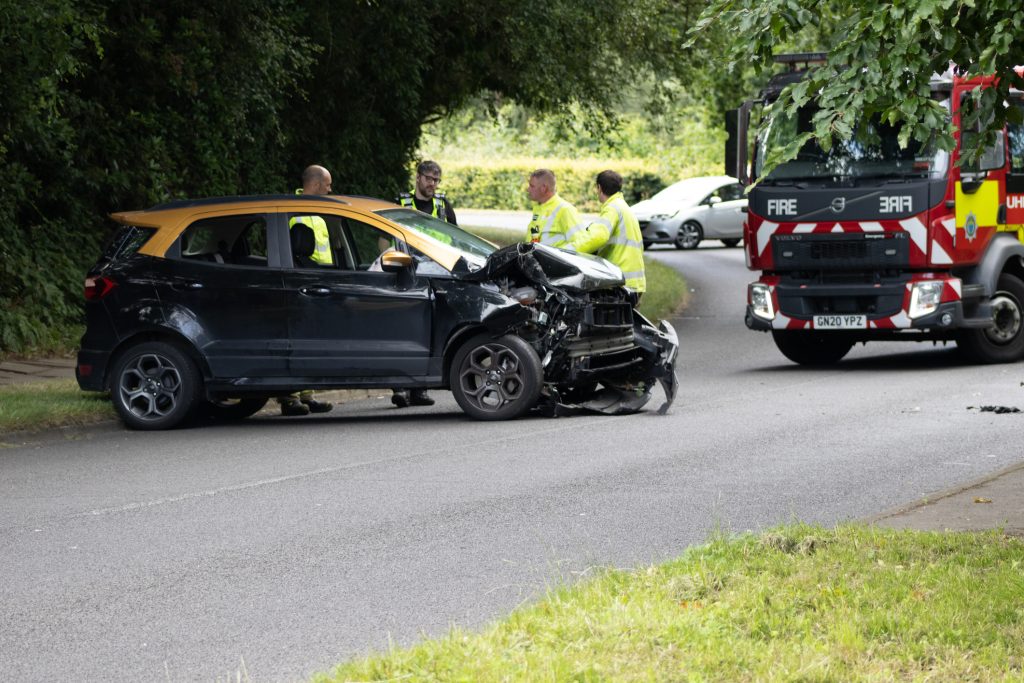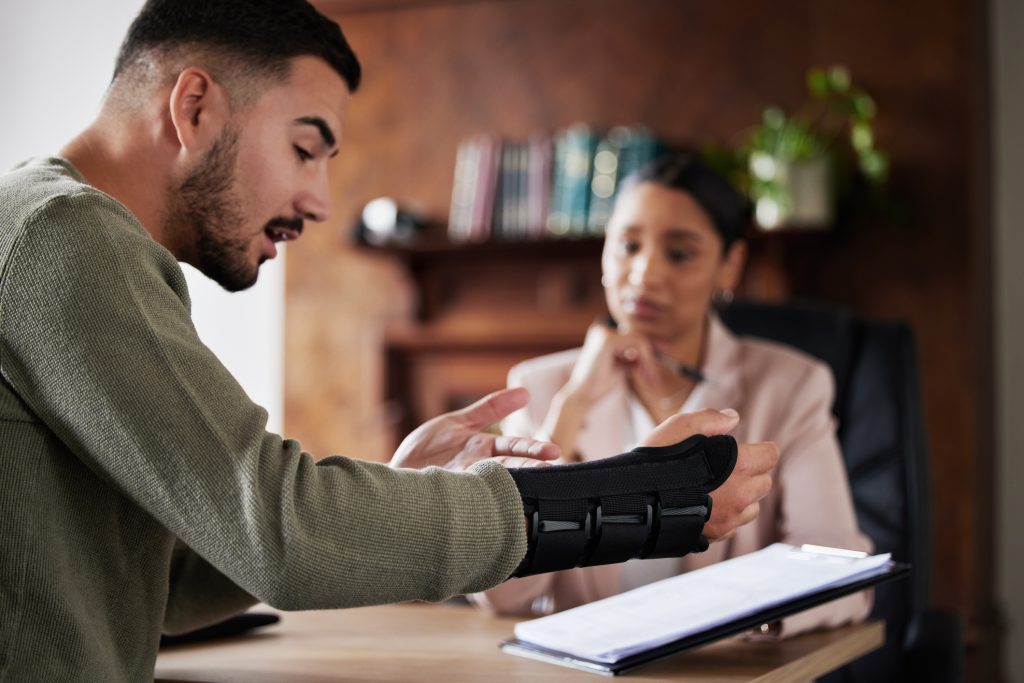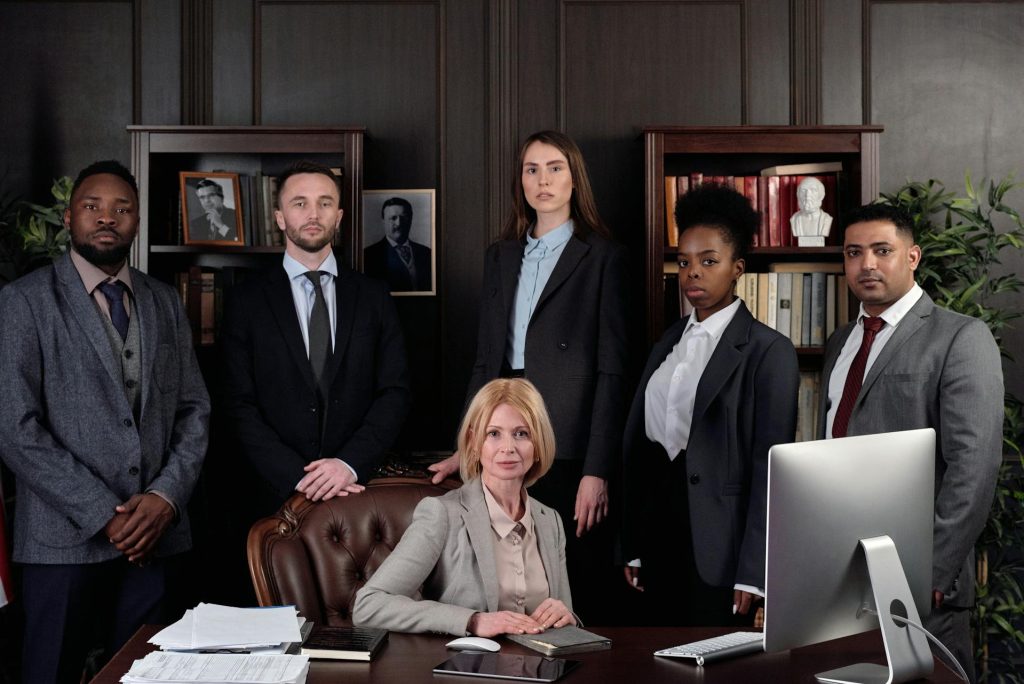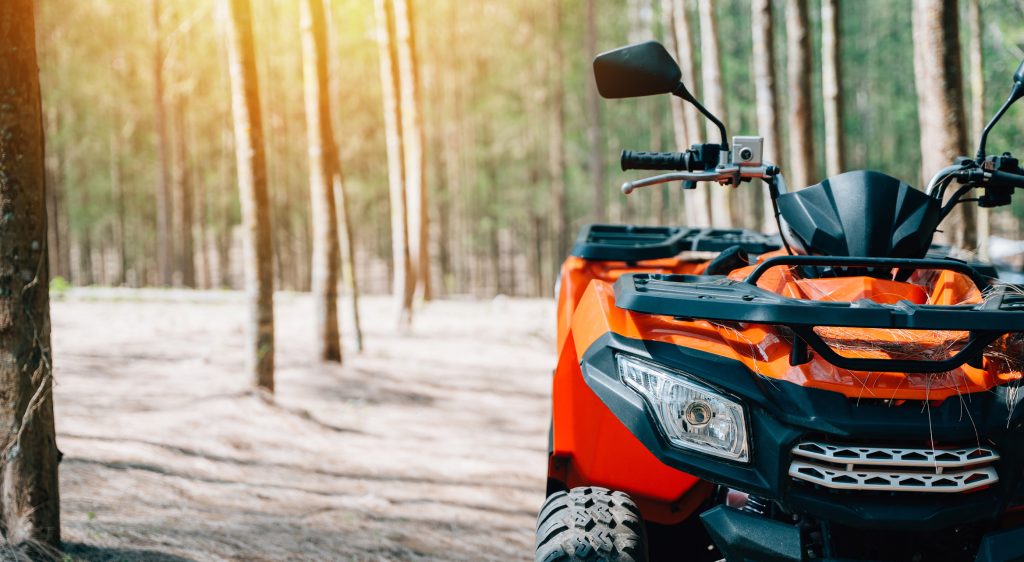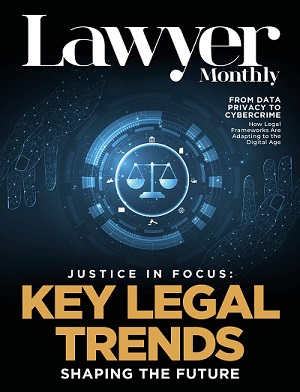A T-bone accident, also known as a side-impact crash or angle collision, occurs when one vehicle hits the side of another vehicle. These types of crashes usually occur at intersections when a driver runs a red light, makes an illegal U-turn, fails to look both ways or does not yield to oncoming traffic. As you might guess, these types of accidents often result in severe injuries and expensive repair costs.
What Leads to T-Bone Accidents?
T-bone accidents are very common; according to the National Safety Council, nearly a third of all car crashes in 2022 were angle collisions (32.5%), and they accounted for 64.8% of all injuries and 44.9% of all traffic-related deaths that year. Among the most common causes of T-bone accidents are:
Intersection Crossings
Any time streets run perpendicularly, drivers must be cautious when crossing a line of traffic. To avoid T-bone accidents at intersections, always come to a full stop at a stop sign or traffic light and look both ways before crossing. If you see oncoming traffic, give yourself plenty of time to cross, accounting for the speed of other drivers. If you have any doubt about getting across safely, wait until there is a clearer path to safety.
Left-Hand Turns
Left-hard turns at intersections are arguably more risky because it often takes more time to safely turn left than it does to cross. Furthermore, when turning left, your field of vision is less clear than when crossing an intersection. In busy intersections where side roads are less visible, drivers maneuvering oncoming traffic may also be rushing to beat the light and not be paying attention to turning drivers. In congested traffic, they may also not be able to switch lanes fast enough to let left-turning vehicles cross.
Driver Negligence
The majority of T-bone accidents can usually be attributed in some way to driver negligence. In many cases, this could be a simple behavior such as not looking both ways before turning or crossing an intersection, but in other cases, it could also include actions such as texting and driving, driving under the influence, speeding, or reckless driving.
Dangerous roadways
Side-impact crashes can sometimes result from dangerous roadways. When snow drifts, poorly maintained foliage, or signage blocks a driver's view or path at an intersection, crossing or turning can become difficult or even impossible. These obstructions can also block the view of oncoming traffic which can cause drivers not to see vehicles who are merging or turning into their pathway.
Who Is at Fault in a T-Bone Accident?
In most cases, T-bones can be attributed to one of the two drivers involved. Determining fault in a T-bone accident usually starts with law enforcement investigating the accident site and interviewing witnesses to see if reckless or negligent driving could possibly be the cause, and if so, which driver was acting negligently.
However, the investigation rarely stops there. If fault isn't clear or one of the drivers is wrongly accused of causing the accident (or they receive an unfair settlement offer), they may decide to file a personal injury suit to pursue damages for their injuries, emotional trauma, and damage to their vehicle. Car accident lawyers will conduct their own investigation, interviewing witnesses and reviewing video footage that may have caught the accident on tape, among many other forms of evidence. In most cases, once a personal injury suit is filed, it's usually resolved before it ever goes to trial.
How Are People Injured in a Side-Impact Crash?
Motor vehicles are designed with "crumple zones" in the front and rear to absorb the impact of a crash. Those zones do not exist on the sides of most vehicles. The steel frame of the vehicle offers little protection on the sides, and not all cars are equipped with side airbags. When Vehicle A hits Vehicle B, the force of the impact may be enough to roll the car over or spin it into traffic. It can smash the doors inwards and cause the glass to break inward.
All of this can cause life-altering injuries. Drivers and passengers alike can suffer whiplash as the neck snaps back and forth. Traumatic brain injuries are also a risk because the brain can move violently within the skull, leading to tearing or bruising. The impact can also lead to:
- Broken arms, legs, and/or pelvic bones
- Organ damage
- Internal bleeding
- Vision loss
- Permanent scarring or disfigurement
- Fatal injuries
Why Motorcycles Are Especially Susceptible to Injuries
One main reason why T-bone accidents result in such serious injuries is lack of protection, and there is no vehicle that provides less protection than a motorcycle. Other than helmets and other wearable protective gear, motorcyclists are completely exposed, and when a T-bone accident occurs, it's the rider who is most susceptible to any potential injuries. Not only can they be grievously injured on impact, but they can also slide underneath the vehicle, increasing the risk of a crushing injury. In some cases, riders can be injured by their own handlebars, if they are the ones who hit the side of the car; theirs hips can get "stuck" on the bars, leading to tearing or dislocation.
What Can You Do to Avoid Causing a T-Bone Accident?
You cannot control other people's actions, but you can be proactive when it comes to driver safety. Here are some things you can do to reduce your risk of causing a T-bone crash:
- Look both ways before crossing or turning into an intersection.
- Never drive under the influence.
- Never text and drive.
- Check weather and traffic conditions before getting behind the wheel.
- If you encounter an unsafe intersection, seek an alternative route, if possible.
- Don't speed, and be patient when making a turn or crossing an intersection.
What Should You Do if You Are Hit in a T-bone Accident?
Unfortunately, some T-bone accidents are simply unavoidable. If you or a loved one has been involved in a side-impact collision, follow the steps below to ensure the safety of you, your passengers, and other motorists or pedestrians:
- Call 911. Seek medical attention as many serious injuries, such as brain or spinal injuries, can take days to manifest symptoms. If the other driver or pedestrians are injured, follow the dispatcher's directions regarding their safety. By calling 911, you can get an ambulance and local police to the scene.
- Document the crash site. If safe to do so, take photo or video evidence of the crash site, damage to the vehicle, and you and the other driver's injuries. This will be important if you decide to pursue a personal injury claim. If the vehicles are in an unsafe position and you are able to move them away from oncoming traffic, do so.
- Contact your insurance company. Depending on the terms of your policy, you will likely be required to contact your insurance to let them know of the accident.
- Contact a lawyer. If you suffered injuries, contacting a car accident lawyer is also a good idea because they can contact your insurance company on your behalf, and if there are any issues with your settlement, they can help you pursue legal action.




